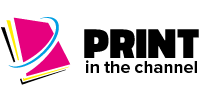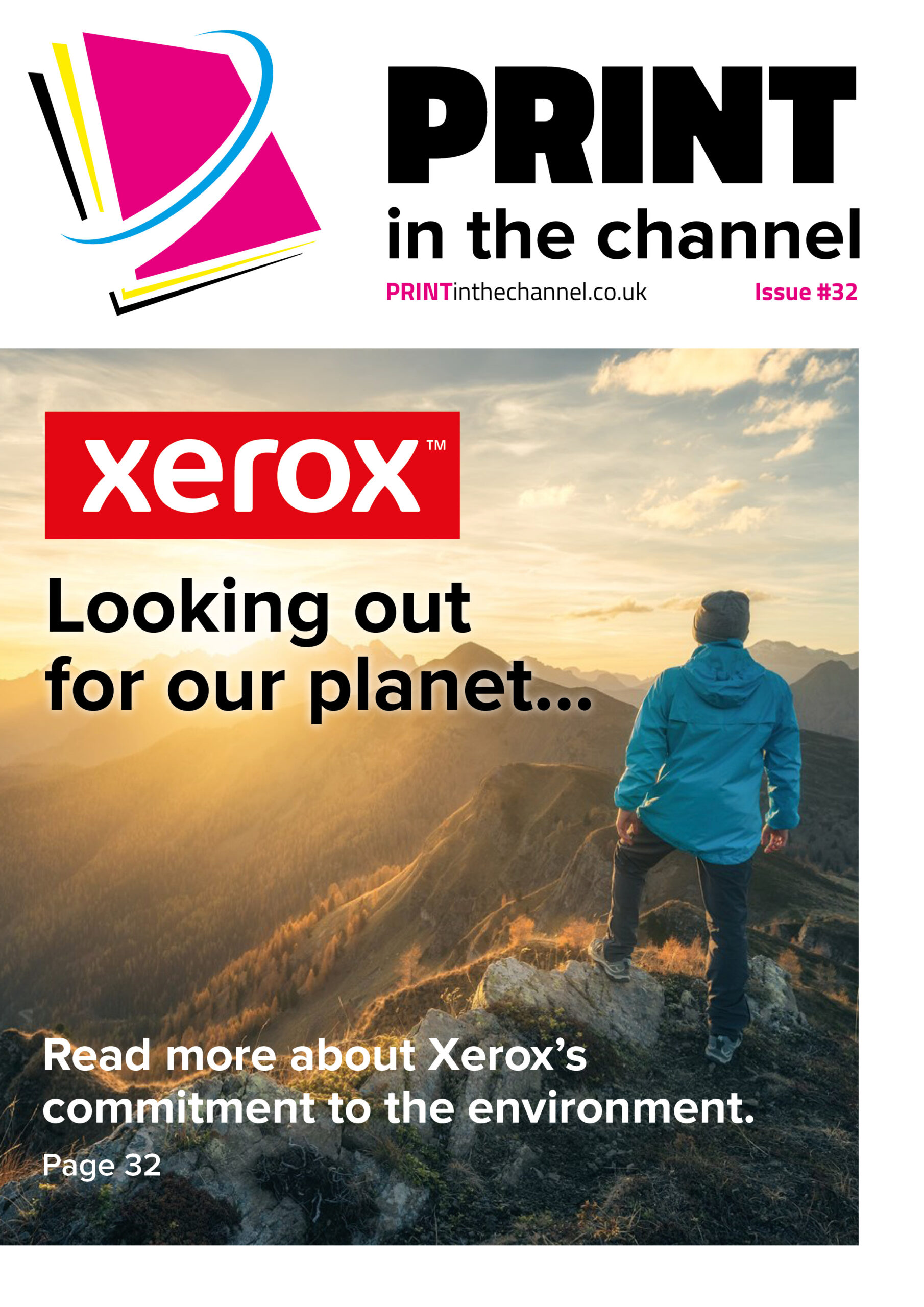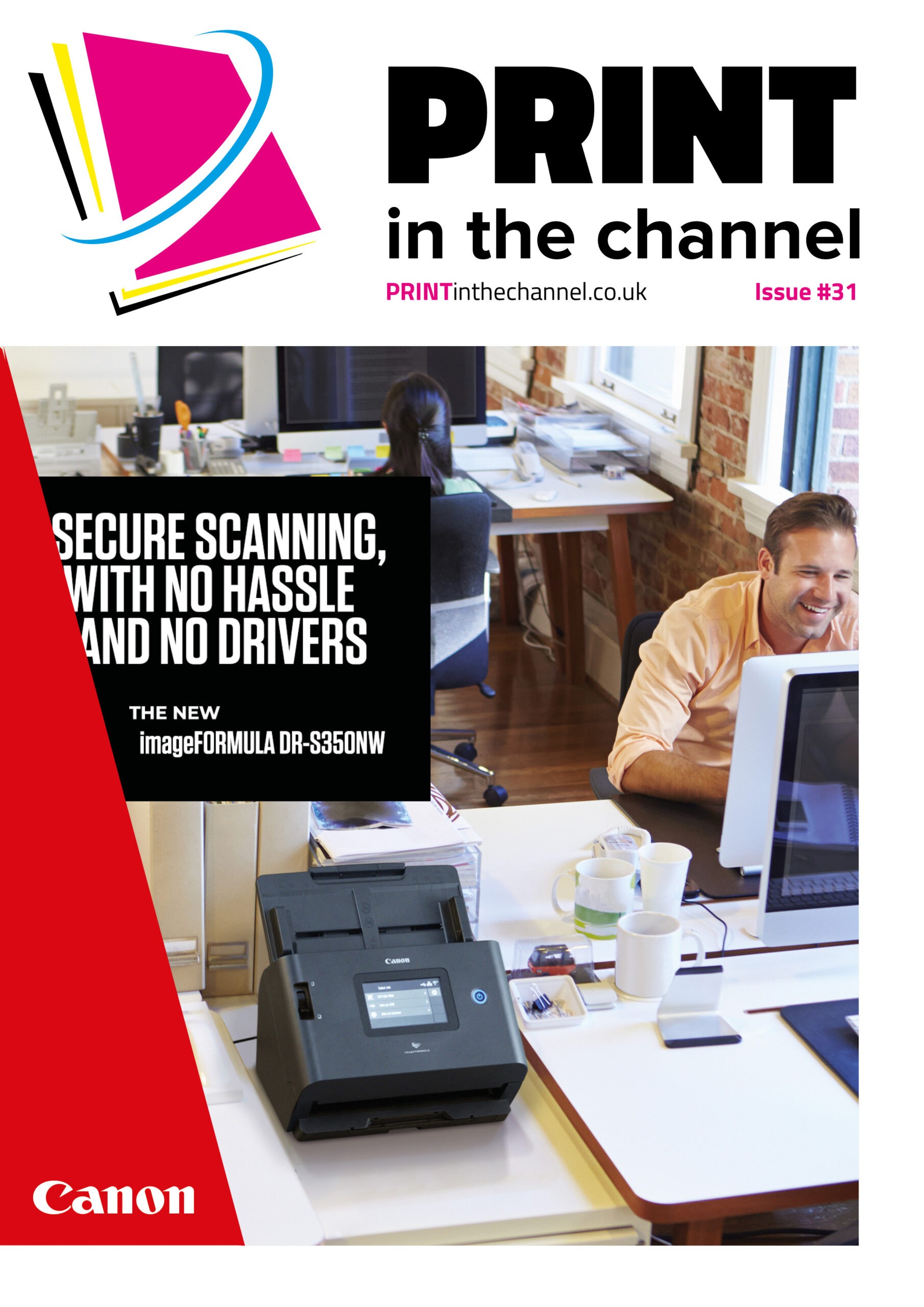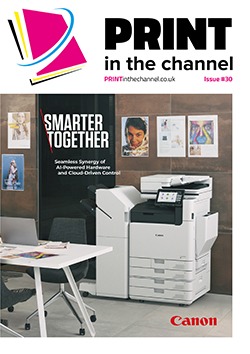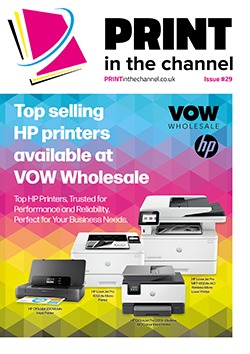As demands on the supply chain continue to increase in a variety of sectors, so more is expected of the labelling on products and packaging, leading to greater adoption of smart labelling – which providers opportunities for resellers.
Supply chains are under greater pressure than ever as customers demand faster deliveries, as well as greater monitoring of products in transit and proof of provenance. This means there are more demands on smart labelling solutions to provide that information.
“Speed, accuracy and transparency are no longer optional in today’s supply chains – they’re critical for survival,” says Simon Brennan, senior business manager – Specialist Printing Solutions at Brother UK. “That’s why demand for smarter labelling solutions is accelerating across warehouses, retail and logistics.”
Demand is increasing for a variety of reasons. Bob Vines, country manager for the UK, Ireland and the Nordics at TSC Auto ID, points to the Sunrise 2027 initiative where, by the end of 2027, retailers globally need to ensure their POS systems are equipped with scanners able to read traditional and 2D barcodes.
“We expect to see much wider adoption of smart labels that incorporate technologies like RFID, NFC and QR codes,” he says. “These technologies improve tracking and data storage and are particularly beneficial in sectors like logistics, food and drink, pharmaceuticals and retail.
“2D barcodes like QR codes powered by GS1, and GS1 Data Matrix codes are becoming increasingly important for the kind of item-level detail that will be required for regulations such as Sunrise 2027 and Europe’s Digital Product Passport. They enable supply chain traceability and transparency, they enhance efficiency, help ensure product quality and safety, help prevent counterfeiting, and are being used increasingly by brands to deliver important information to consumers. When added to packaging, QR codes can deliver detailed product messaging and interactive experiences and also provide recycling instructions and information around sustainability initiatives. 2D barcodes allow for much more data in less space than traditional linear barcodes, a real advantage as packaging becomes smaller and brands have less room to impart key information.
“IoT-enabled labels like RFID are also transforming products into smart, connected items, enabling real-time tracking, enhanced supply chain visibility and improved consumer interaction. Such labels can, for instance, monitor storage conditions or authenticate products, helping combat counterfeiting. RFID tags are poised to transform industries like fashion, retail and consumer goods.”
Peter Holland, regional sales manager, Northern Europe, Jarltech Europe GmbH, says that at Jarltech UK, they are seeing a clear shift in how businesses manage their supply chains. “Everyone, from manufacturers to retailers and end customers now expect more detail and more frequent updates on the movement of goods,” he says. “To meet these expectations, many organisations are turning to smart labels, particularly those powered by RFID technology. Unlike traditional barcodes, RFID labels can be scanned without line of sight and in bulk, making them highly efficient to track at every stage of the supply chain.
“This shift is opening exciting opportunities for resellers. Smart label printers are increasingly in demand as businesses look to roll out RFID labelling at scale. Companies in logistics, retail, healthcare, and food distribution are seeking reliable, high-performance printers that can handle large volumes while integrating smoothly with their existing systems.”
Sustainability and efficiency
As well as looking for reliability and performance, sustainability and efficiency are uppermost in customers’ minds when making buying decisions.
“Eco-friendly label materials, reduced waste and printers with lower consumable costs are now strong purchasing factors,” Peter explains. “Integration with cloud platforms and supply chain management software is becoming standard, ensuring that the data captured by smart labels feeds directly into broader business intelligence and reporting tools.”
Simon adds that linerless labelling, for example, helps firms cut non-recyclable waste and avoid landfill charges of about £100 a tonne. “We’re also helping resellers meet customers’ demands for durability, with Brother label printers offering a three-year warranty as standard and TJ industrial models extended to five years – demonstrating our commitment to help firms reduce e-waste,” he adds.
Neil Baker, head of auto ID Sales for Northern Europe at Bixolon Europe, adds that while RFID printing requires a higher initial outlay than traditional solutions, the overall cost of ownership is lower over time. “This is because RFID simplifies processes, reduces error rates to less than 0.5% compared with conventional barcode scanning and raises productivity,” he says. “Customers are also demanding solutions that work smoothly within their existing systems, delivering printed information and encoded RFID data that integrate directly with inventory software.”
AI role
Artificial intelligence (AI) is also playing an increasing role. “AI-driven analytics help organisations make sense of the vast amounts of data collected by RFID labels – predicting demand, optimising inventory and improving decision-making,” says Peter. “Printer manufacturers are embedding AI into devices themselves, enabling smarter calibration, error detection and real-time monitoring, which all contribute to reduced downtime and greater efficiency.”
Simon adds that AI is beginning to influence labelling in ways that could reshape how operations run. “By analysing patterns in demand, it has the potential to trigger devices to print labels in the right quantities, just when they are required,” he says. “The same data could also support just-in-time ordering of supplies, while helping managers keep printer networks balanced and running efficiently. As AI’s role expands, the real differentiator will be simplicity. Operators’ trust in their processes will hinge on having systems that integrate smoothly, behave predictably and add value without unnecessary complexity.”
Bob adds that it is expected that smart printers with AI capabilities will be able to autonomously adjust label formats, identify errors and anticipate maintenance requirements, thus minimising downtime and enhancing operational efficiency. “Additionally, AI will be able to facilitate automated workflows by integrating with supply chain management systems, enabling automatic label printing based on real-time inventory data,” he says. “This will accelerate the labelling process and ensure consistency and accuracy.”
Resellers
This increase in demand for smart labelling presents opportunities for resellers and there are various benefits that should be highlighted in conversations with customers. Peter says resellers can show customers how smart labelling directly impacts business outcomes with improved supply chain visibility, better compliance, enhanced customer satisfaction and lower operational costs. “By positioning RFID label printers as a critical enabler of supply chain transparency, resellers can add real value to customer conversations,” he says.
Neil adds that resellers should emphasise the long-term commercial benefits of RFID. “These include reduced operating costs, improved productivity, stronger traceability and greater sustainability,” he says. “There is also value in presenting RFID as part of a wider technology package, combining printers, whether these be industrial, desktop or mobile printers with fixed and mobile antennas. This enables customers to achieve full visibility and control across their supply chains, rather than simply addressing one part of the process.”
But Neil also warns that when implementing new technology such as RFID, there is always some risk. “That’s why it is beneficial for resellers to engage directly with manufacturers producing these products – especially RFID solutions they are or will be selling – in order to upskill their workforce,” he says. “Manufacturers like Bixolon offer RFID training that equips reseller sales and commercial teams with the information they need to confidently adopt and sell the new technology which offers significant opportunities for growth and innovation.”
Simon adds that tools such as Brother’s labelling self-assessment platform also create a starting point for conversations with customers, showing where inefficiencies lie and mapping out practical next steps. “That may mean switching from fixed to mobile printing, as seen in logistics firms saving dozens of staff hours each month, or ensuring devices integrate seamlessly with WMS platforms like SAP and Blue Yonder,” he says.
Bob says that resellers should highlight how AIDC technologies and smart labelling will enable them to stay competitive and offer a more unified experience. “The way we see it is that there are three areas where AIDC solutions can help retailers: AIDC like Digital Link, barcode scanning and RFID can help retailers manage complex operations by enabling real-time product tracking and enhancing omnichannel operations and consumer transparency,” he says.
“Also, when it comes to balancing costs and maximising ROI, AIDC innovations such as item-level tracking, mobile scanners and smart labels can help retailers improve inventory accuracy as well as reduce shrinkage.
“As regards improving visibility, AIDC supports retailers by ensuring automated and real-time tracking and secure supply chain operations, thereby enhancing responsiveness and reducing risks.
“Furthermore, integrating RFID and IoT into labelling systems is enhancing supply chain intelligence. For instance, resellers could talk about how RFID smart packaging is particularly beneficial in industries like pharmaceuticals and food logistics, where monitoring environmental conditions (e.g. temperature or humidity) is crucial. These RFID labels can track these conditions in real time, minimising the risk of spoilage and ensuring compliance with regulations.”
Future
Looking forward, all commentators agree that adoption of smart labelling will only accelerate in the years to come. “With supply chains under increasing pressure to be faster, leaner, and more transparent, RFID smart labels – and the printers behind them – will become essential tools,” says Peter.
Simon adds that consumer expectations for speed, transparency and sustainability will only increase, and supply chains will be under mounting pressure. “In this environment, the brands that stand out will be those seen not just as vendors, but as trusted partners,” he says. “Those that offer consistency, clarity and long-term reliability when it matters most.”
Bob adds that 1D barcodes, or UPC/EAN as they’re known, are fast outgrowing their usefulness as they can only contain very basic information about the company and the item. “With traceability requirements dawning like the Digital Product Passport and other regulations it will only be smart labels such as 2D barcodes that can deliver the sort of item-level identification that will be needed,” he says.
“The integration of linerless label printers with IoT devices and automated systems will also increase, enabling smarter, more connected labelling solutions that streamline operations and improve efficiency. Such developments are shaping the future of the printing and labelling industry, making it more efficient, sustainable and adaptable to changing market demands.”
